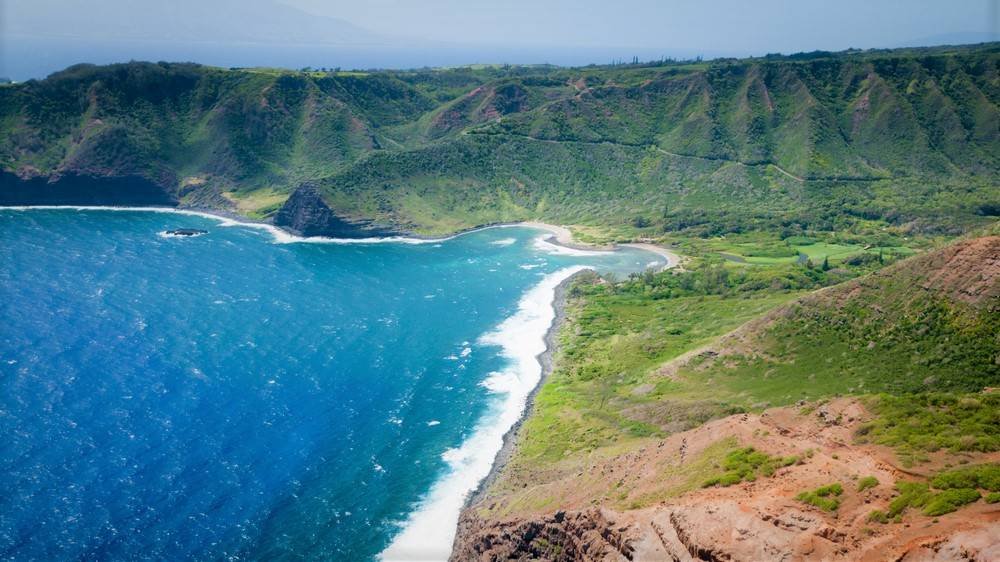Is Molokai Worth Visiting? Here are 5 Reasons to Visit
Tucked away in the island chain of Hawaii exists a land that time seems to have forgotten. Molokai is the fifth largest of the Hawaiian islands, yet it couldn’t feel farther removed from the popular tourist destinations of Oahu or Maui. With no high-rises or neon-lit resorts, Molokai retains an old-fashioned charm and natural beauty lost in so many Pacific paradises.
For travelers seeking peaceful isolation, authentic culture, and dramatic landscapes untouched by mass tourism, Molokai is a hidden gem waiting to be discovered. But with few modern luxuries, limited dining and nightlife options, and largely undeveloped terrain, the island remains an enigma even to seasoned Hawaiian vacationers. Is venturing off the beaten path to a quiet island with barely any tourists worth the effort?
As someone who lived in Hawaii for more than a decade, I’m here to make the case that despite its lack of mainstream attractions, the Friendly Isle offers intrepid visitors an unforgettable travel experience. Here are five compelling reasons to book your next Hawaiian adventure on Molokai.
Spectacular Natural Landscapes From Sea to Summit
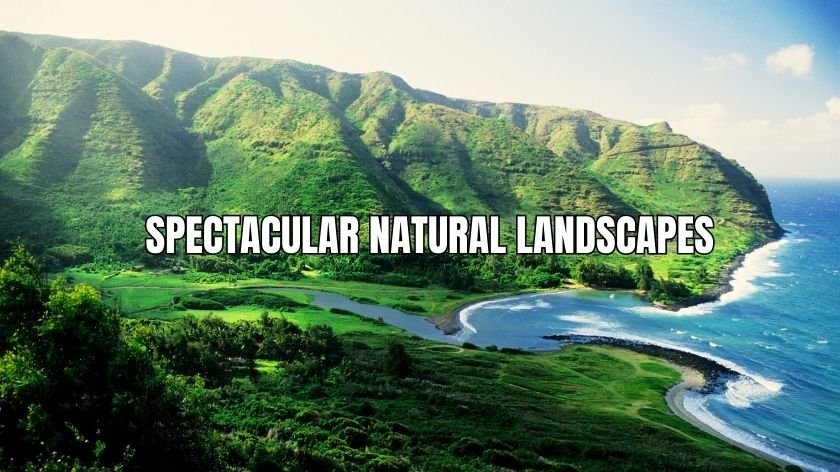
Molokai lays claim to some of Hawaii’s most breathtaking natural sights, many of which remain well off the radar. One of the island’s standouts is Papohaku Beach, a 3-mile long white sand beach where your footprints might be the only ones in the sand. The sunrises and sunsets over this secluded shoreline are stunning. Drive just five minutes inland and you enter one of the lush valleys carved into Molokai’s mountainous interior. Halawa Valley provides visitors a glimpse of the island’s true natural splendor, with its towering waterfalls, ancient taro fields, and restored native habitats. Guided cultural hikes like those offered by the Solatorio family offer an enriching experience of both the valley’s majestic scenery and heritage.
Molokai is also home to the world’s tallest sea cliffs, which soar over 3,000 feet high along the island’s northern shores. Few sights in Hawaii can compare to standing at the top of these breathtaking precipices and gazing down at the Pacific crashing against the rocks far below. The cliffs are part of Puʻu Nana, the tallest coastal peak in Hawaii, which avid hikers can summit to take in panoramic views. Out on the sea, Molokai boasts the longest fringing reef in the United States, stretching over 25 miles along the southern coastline. This living barrier reef teems with sea turtles, manta rays, and 250 species of colorful fish. Molokai offers pristine wilderness and natural beauty at its finest.
Immersive Local Culture and Living History

Because it has resisted large-scale development, Molokai retains a traditional lifestyle and strong Hawaiian identity lost on other islands. Over 50% of the residents are Native Hawaiian, the highest percentage in the state. Here you can experience first-hand the spirit of aloha and Gain an appreciation for deep-rooted Polynesian traditions from a community keeping them alive. Locals take great pride in sharing their cultural heritage, especially through storytelling, music, arts, and crafts.
Visitors should take advantage of opportunities to learn about Molokai’s past. Drive down to Kalaupapa National Historical Park, where you can tour the isolated colony that served as a quarantine site for Hawaiians afflicted with leprosy between 1866 and 1969. The tragic yet inspiring stories of those banished here, like Saint Damien who devoted his life to caring for patients, provide a window into Hawaii’s history. For a powerful perspective on how residents were torn from their homes and families, join a mule ride down the sea cliffs to the settlement.
Venture into ancient sites like the Kahinapohaku fishpond to see evidence of ingenious engineering systems allowing Hawaiians to sustainably farm fish. Talking with locals about their customs carries on this living cultural education. If there is one thing that makes Molokai truly special, it is the chance to form a personal bond with its people.
Outdoor Adventure From the Ocean to the Summit

Don’t let Molokai’s relaxed vibe fool you – the island offers plenty of activities for active travelers. The jagged peaks of Kamakou Preserve offer terrain for experienced hikers to test themselves clambering through the lush rainforest. For a family-friendly trek, take the two-mile hike through Pālāʻau State Park to view cascading waterfalls. Kayakers can paddle along the south shore to spot sea turtles and dolphins. Molokai’s extensive fringing reef also makes for world-class snorkeling and SCUBA diving.
Several outfitters on the island provide rentals and guided excursions for ocean sports, paddling, and cultural hikes. If camping is more your speed, secure permits to stay at Papohaku Beach Park or one of Molokai’s other prized tent sites. For a truly immersive experience, volunteer through WWOOF (Worldwide Opportunities on Organic Farms) to work on a farm in exchange for food and lodging. Whether boogie boarding, saddling up for a ride through rural ranch lands, or hiking into Halawa Valley, Molokai serves up adventure without the crowds.
Local Accommodations and Cuisine
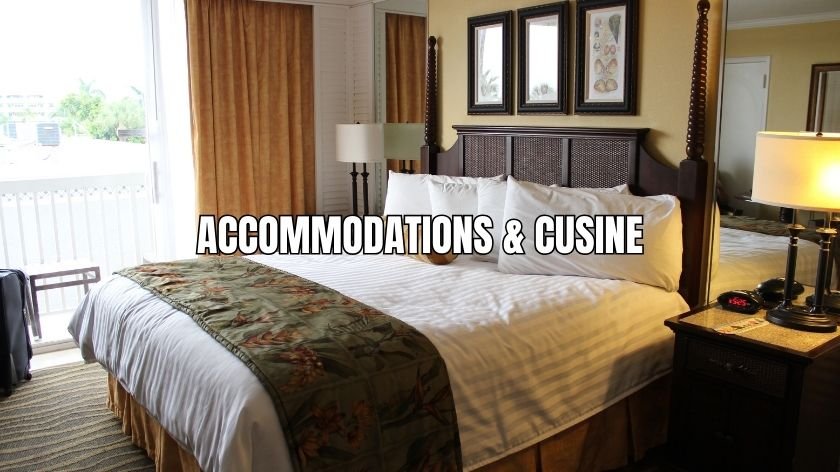
Unless you plan on pitching a tent, don’t expect luxury lodging options on Molokai. However, the island’s limited number of hotel rooms, condo rentals, and B&Bs assure you an intimate, peaceful stay. The iconic Hotel Molokai offers Polynesian-style lodging with panoramic views of the shoreline. For more flexibility, book a beachfront cabin, ranch cottage, or local family home through sites like Airbnb and VRBO. No matter where you stay, you’ll enjoy authentic Hawaiian accommodations.
While Molokai has no 5-star restaurants, you can treat yourself to delicious local cuisine. Stop by iconic Kanemitsu Bakery, maker of the famous Molokai hot bread. Grab freshly caught fish tacos and shave ice along the main strip in Kaunakakai town. Buy tropical fruit, eggs, and vegetables direct from farmers at local markets. Sample staples like poi, kalua pork, and lomi salmon at no-frills eateries. Part of experiencing Molokai is slowing down to appreciate and support the people who proudly call this island home.
Escape the Tourist Scene
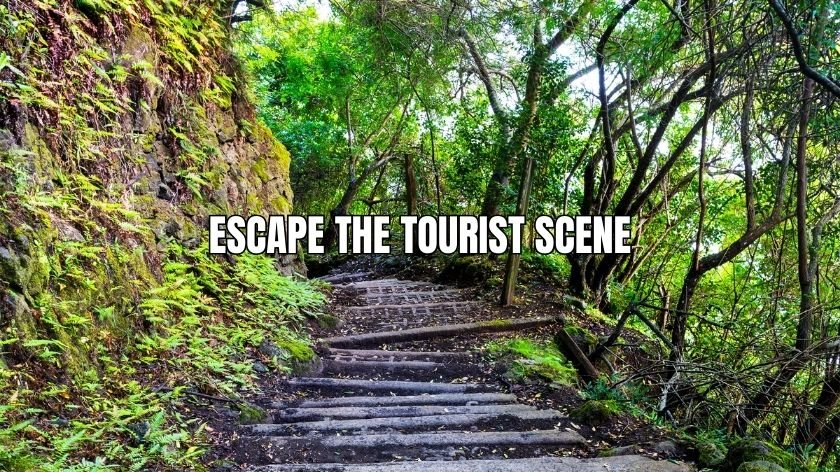
Perhaps above all, Molokai appeals to travelers precisely because it doesn’t cater to them. You won’t find crowds jostling to take selfies or tour buses depositing cruise passengers for day trips. On Molokai, tourism takes a backseat to preserving the island’s inherent magic. Forget about dinner theaters, shopping malls, and resort amenities. Molokai hasn’t allowed its character to be diluted just to profit from tourism.
Here you can soak up the island vibes while meandering along empty beaches, open roads, and sleepy fishing towns. Spend an afternoon chatting with the solo shopkeeper of a mom-and-pop store, or an evening lingering over mahimahi and rice watching the sunset, without the disruptions of city life. Molokai provides a sanctuary to disconnect and appreciate the peaceful pleasures of island living.
An Unforgettable Hawaiian Escape
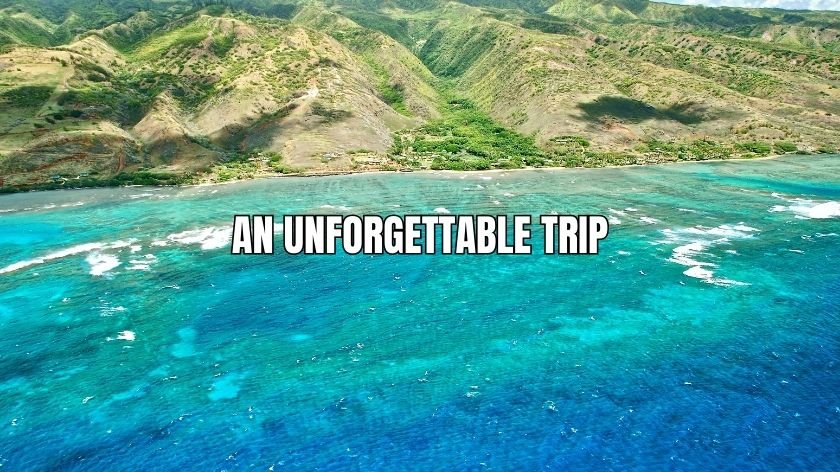
For some travelers, Molokai’s lack of modern conveniences may seem too isolating and rustic. But for those craving beautiful, unspoiled nature, rich heritage, outdoor adventures, and an escape from commercialized tourism, Molokai delivers. Visitors with an open mind will discover that connections made with locals and the ‘āina (land) far outweigh material comforts.
If you seek the real heart of Hawaii beyond the glossy brochures, then Molokai is a hidden gem worth discovering. So book your flight to the Friendly Isle, practice your shaka sign, and let Hawaii’s best kept secret work its magic on you. I can promise your time spent on Molokai will create memories to last a lifetime.
Frequently Asked Questions about Visiting Molokai
What Is the Best Time of Year to Visit Molokai?
The best time of year to visit Molokai depends on personal preferences. The island offers a pleasant climate year-round, but some may prefer the dry season from April to October for outdoor activities and exploring the natural beauty.
Are There Any Direct Flights to Molokai?
Yes, there are direct flights available to Molokai. Travelers can conveniently access this beautiful island by booking flights that offer direct routes, allowing for a seamless and hassle-free travel experience.
Can I Rent a Car on the Island?
Yes, you can rent a car on the island of Molokai. There are several car rental companies available that offer a wide selection of vehicles to suit your needs during your visit.
Are There Any Guided Tours Available to Explore Molokai’s Natural Beauty?
Yes, there are several guided tours available to explore Molokai’s natural beauty. These tours provide a well-curated experience, allowing visitors to witness the island’s stunning landscapes, learn about its unique flora and fauna, and immerse themselves in its rich cultural heritage.
Is There Public Transportation on the Island of Molokai?
Public transportation on the island of Molokai is limited. There is a bus service that operates on weekdays, but it has a limited schedule and coverage. Renting a car or hiring a private tour is recommended for convenient travel.

